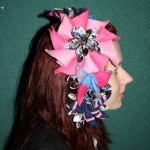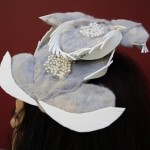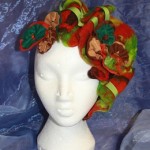Diane Plenderleith – Art and Design
I decided to select Hat/Headgear design in order to enable pupils to apply the techniques and use the materials I had learned how to manipulate through my CPD. The results produced were fantastic and I feel pupils achieved better results and enjoyed studying hat/headgear design as a result. Included are examples of Headgear from 4 pupils who have added comments in support of their learning and achievements. Continue reading Felting CPD























